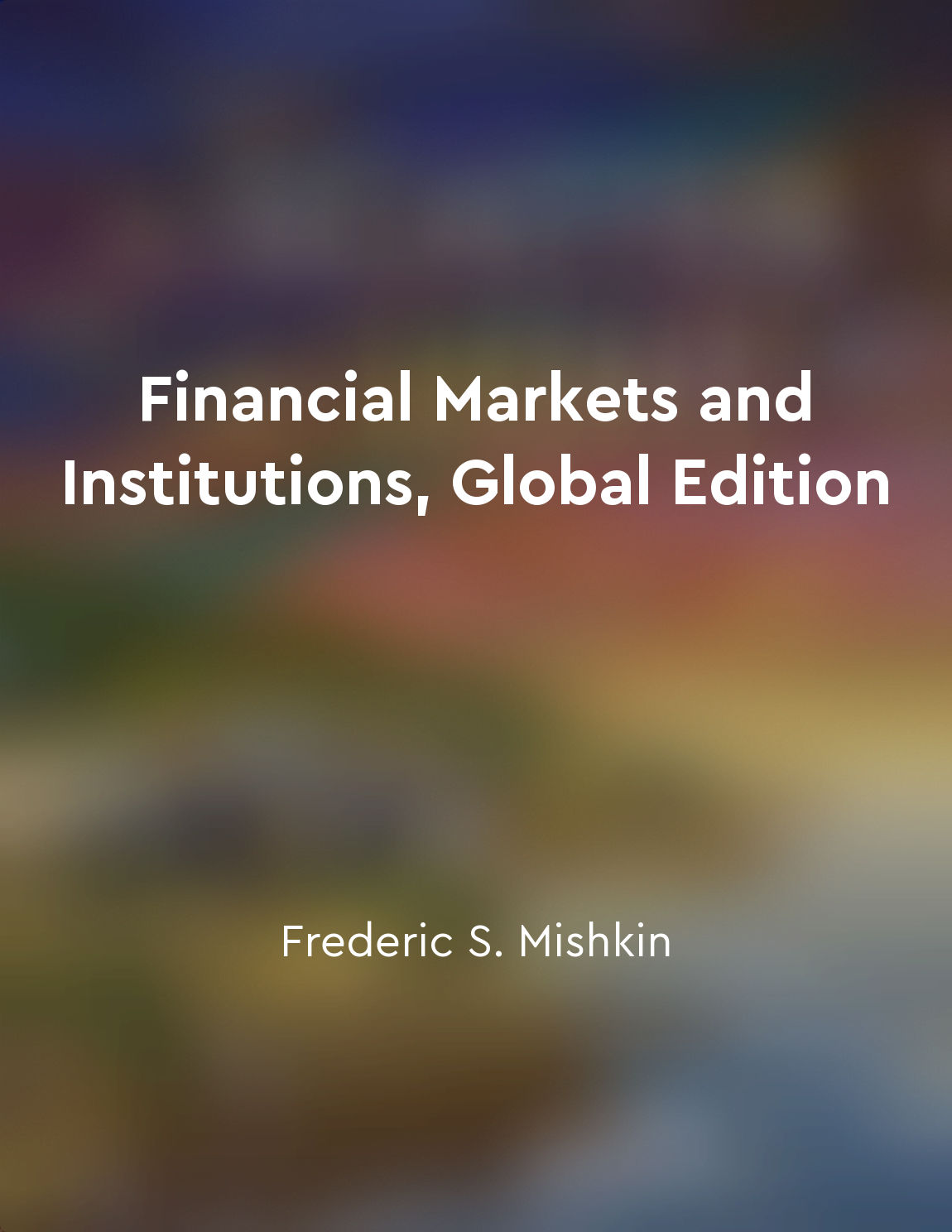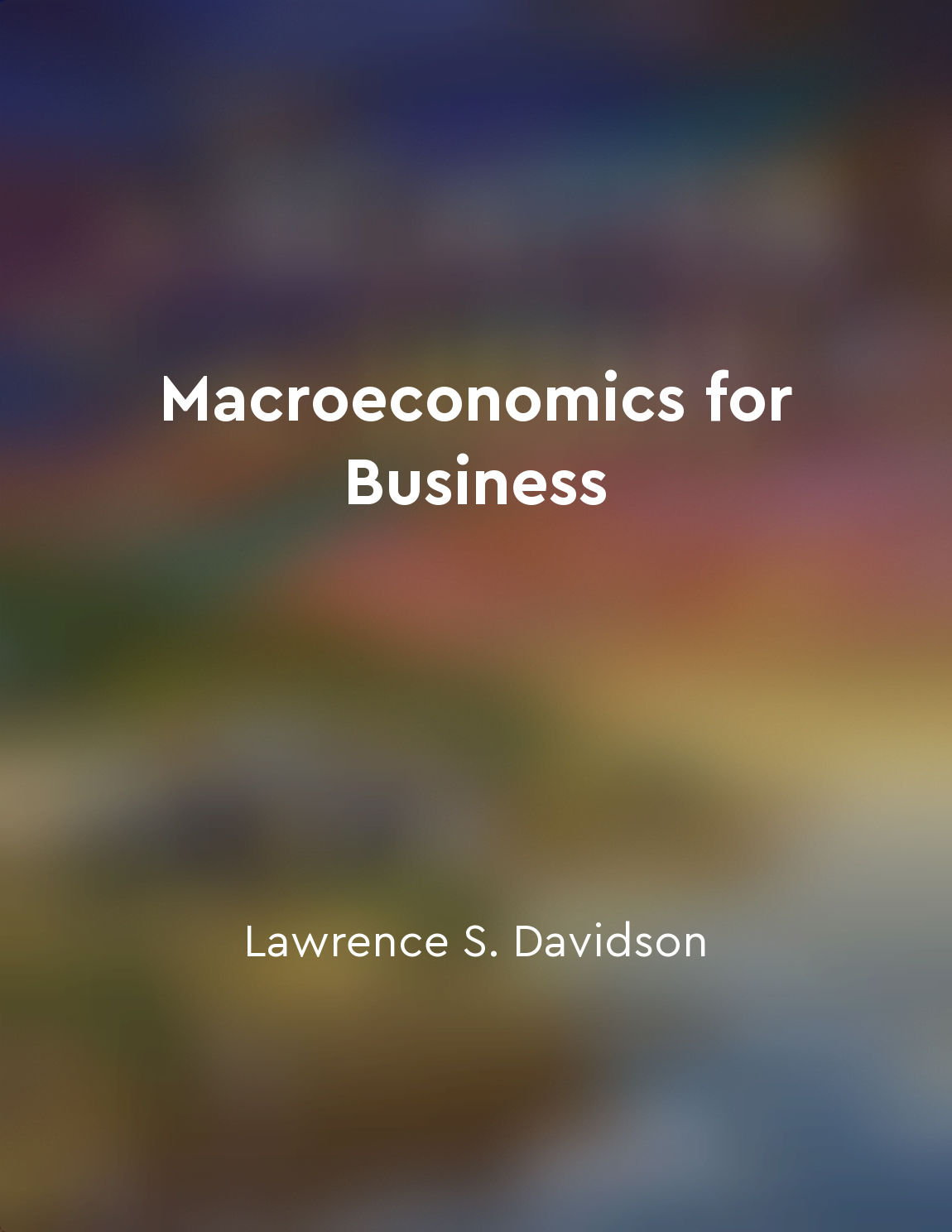Monetary policy can affect aggregate demand through interest rates from "summary" of Principles of Macroeconomics by N. Gregory Mankiw
Monetary policy is a powerful tool that policymakers use to influence the overall level of economic activity. One way in which monetary policy can impact the economy is through its effect on interest rates. Interest rates play a crucial role in determining the level of investment and consumption in the economy. When the central bank, such as the Federal Reserve in the United States, decides to implement expansionary monetary policy, it typically involves lowering interest rates. Lower interest rates make it cheaper for businesses and consumers to borrow money, which, in turn, stimulates investment and consumption. With lower borrowing costs, businesses are more likely to invest in new equipment and expand their operations, while consumers are more inclined to purchase big-ticket items like homes and cars. As businesses invest more and consumers spend more, aggregate demand in the economy increases. This increase in aggregate demand leads to higher levels of economic activity, such as increased production and job creation. Ultimately, the goal of expansionary monetary policy is to boost economic growth and reduce unemployment. Conversely, when the central bank decides to implement contractionary monetary policy, it typically involves raising interest rates. Higher interest rates make borrowing more expensive, which tends to dampen investment and consumption. Businesses are less likely to invest in new projects, and consumers are less likely to make big purchases when borrowing costs are high. As a result, aggregate demand in the economy decreases, leading to lower levels of economic activity. This reduction in economic activity can help to cool down an overheated economy and prevent inflation from rising too rapidly. By adjusting interest rates, the central bank can effectively influence the level of aggregate demand in the economy and steer it towards a desired level of economic growth and stability.Similar Posts

Free trade benefits all countries involved
The idea that free trade benefits all countries involved is a concept that is often misunderstood. Many people believe that fre...
Central banks have the power to manipulate the value of fiat money through inflation
Central banks have the ability to increase the money supply by creating more money. This increases the amount of money in circu...

Specialization increases productivity
Specialization refers to individuals or firms focusing on a specific task or activity, rather than trying to do everything them...

Bitcoin offers a solution to fiat currency problems
The fundamental problem with fiat currencies is that they are subject to the whims of governments and central banks. These inst...

Market contagion can spread rapidly during times of uncertainty
During periods of uncertainty, market contagion has the potential to spread rapidly across financial markets. This phenomenon o...
Globalization has increased interconnectedness in financial markets
Globalization has transformed the world economy by breaking down barriers to trade and investment. As a result, financial marke...

Inflation affects pricing strategies
Inflation can have a significant impact on pricing strategies for businesses. When prices rise across the economy, companies ar...
Liquidity preference affects interest rates
Liquidity preference is the desire of individuals to hold their wealth in liquid form, such as money, rather than in other asse...
Economic growth
The concept of economic growth is paramount in understanding the dynamics of a nation's prosperity. It is the engine that drive...
